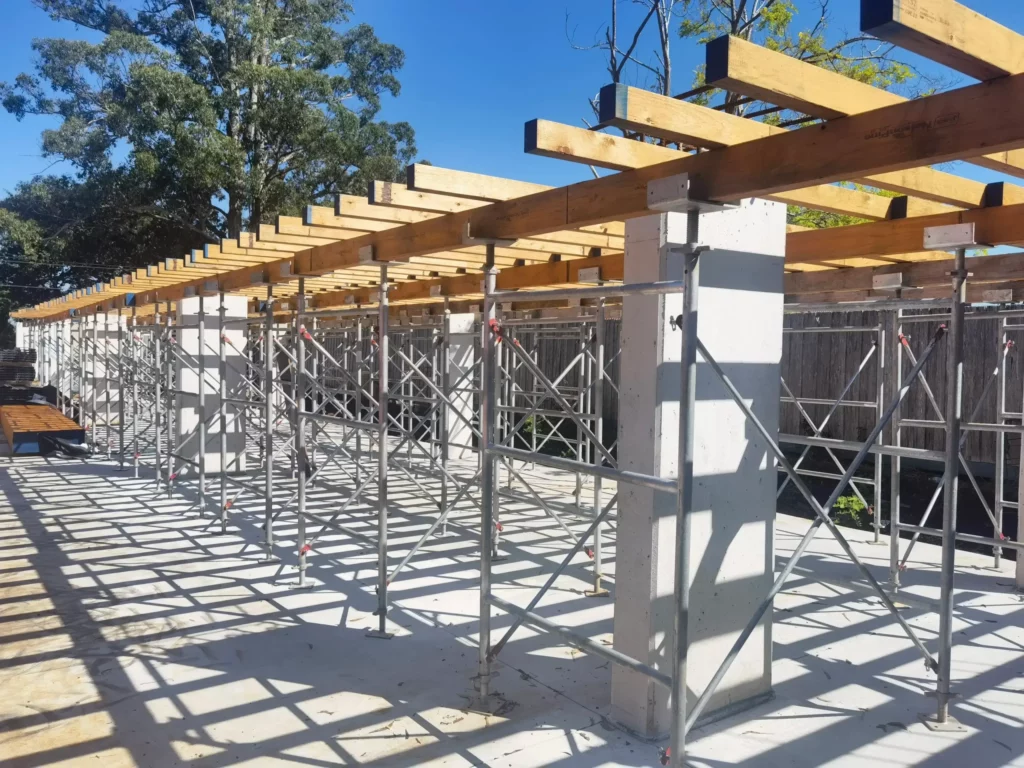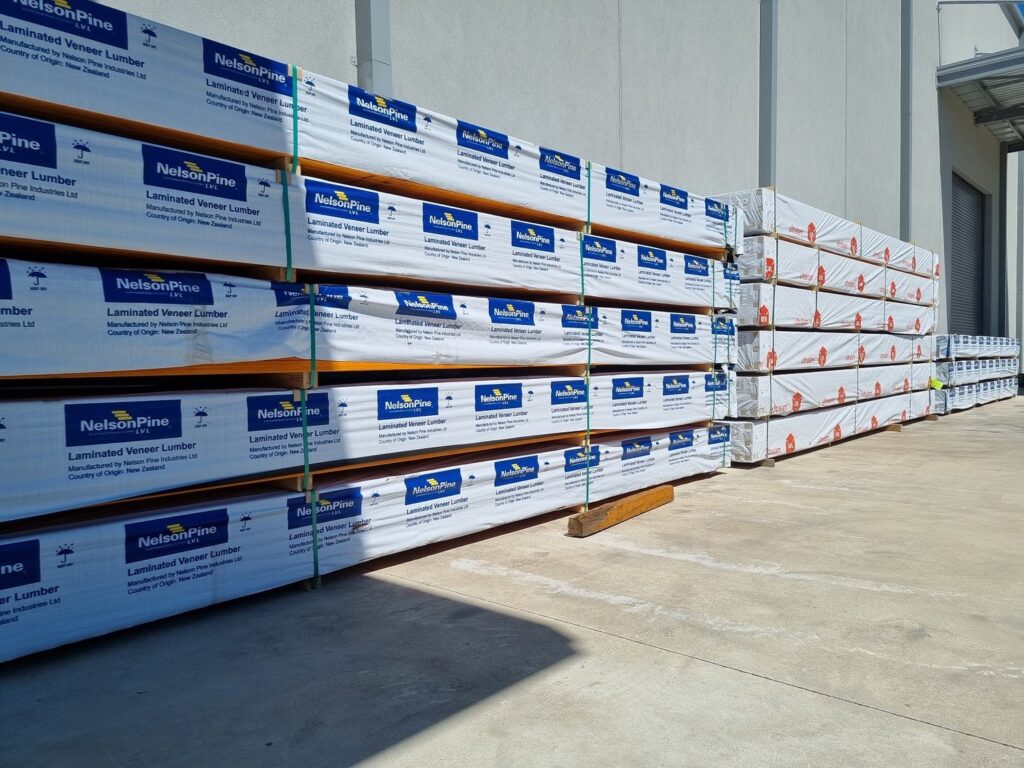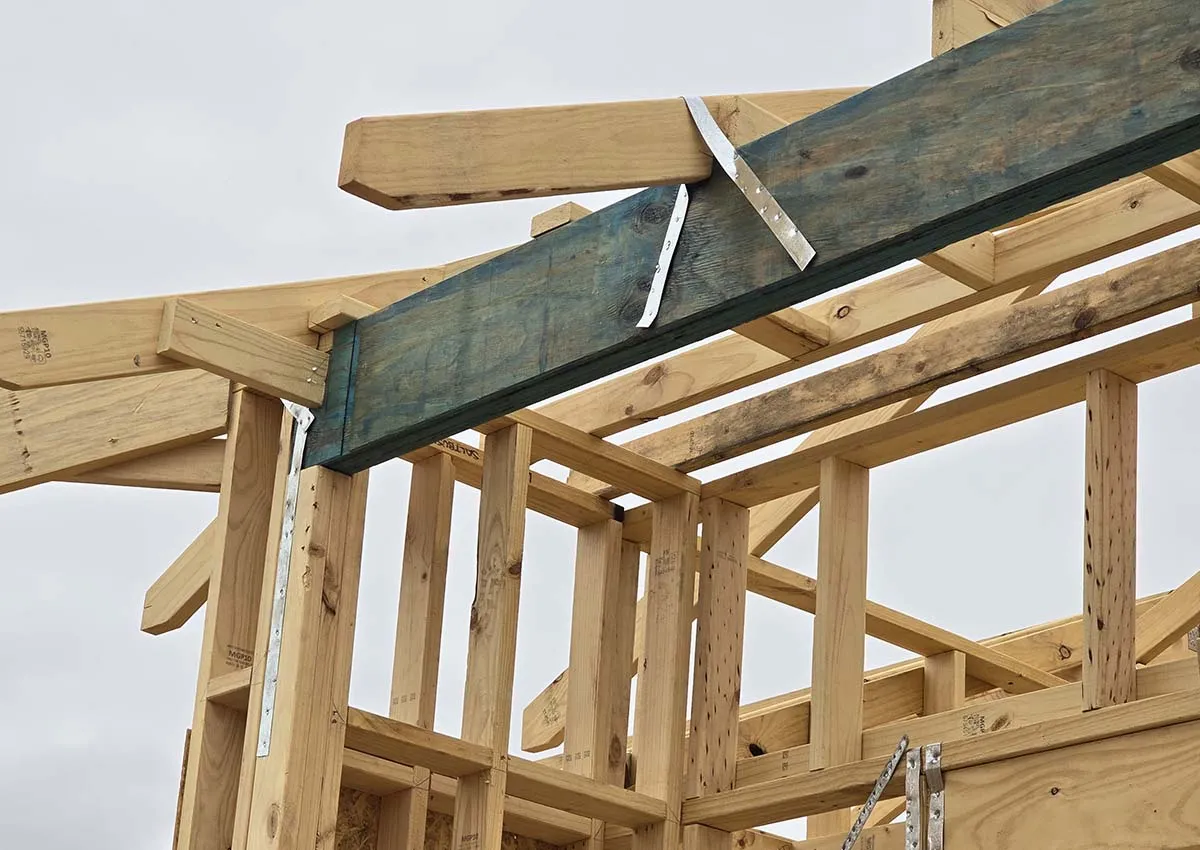When you’re embarking on a construction project, choosing the right formwork is crucial. Timber LVL (Laminated Veneer Lumber) formwork has become an increasingly popular option, but can you make sense of the varying prices? This guide seeks to unravel the complexities of timber LVL formwork, helping you make informed decisions about your purchase.
Understanding Timber LVL Formwork
The Basics of Timber LVL Formwork
Timber LVL formwork is a strong, engineered wood product that offers excellent structural quality. Constructed by gluing together multiple layers of veneer, LVL provides remarkable strength and stability. It is versatile, can be easily customised, and is particularly favoured for large-scale projects such as bridges and high-rise buildings.
Local and global economic factors of timber lvl formwork prices, including construction booms or slowdowns, can also influence prices. Staying updated with market reports or consulting industry insiders can provide valuable insights. Additionally, factors such as changes in regulations regarding sustainable sourcing of timber can also affect prices. As consumers become more environmentally conscious, the demand for sustainably sourced materials may drive prices up, making it essential for buyers to consider the long-term implications of their purchasing decisions. Understanding these dynamics can empower contractors and builders to navigate the complexities of the market effectively.
Unlike traditional timber, LVL utilises the whole width of the logs, minimising wastage and maximising performance. The engineered nature of LVL means it’s less prone to warping, splitting, or shrinking, making it a reliable choice for high-stress applications. This consistency in performance is crucial in construction, where even minor variations can lead to significant issues down the line, especially in load-bearing structures.

Why Choose Timber LVL Formwork?
The decision to use timber LVL formwork often boils down to its strength-to-weight ratio. This material is lightweight yet incredibly durable, which simplifies handling and installation on site. Additionally, its uniformity allows for precision in construction, reducing the likelihood of discrepancies in formwork design. The ease of manipulation and adaptability of LVL also means it can be tailored to fit complex architectural designs, providing architects and engineers with greater creative freedom.
Furthermore, LVL is eco-friendly, made from sustainably sourced timber, thus appealing to those mindful of their environmental footprint. Many contractors prefer LVL due to its cost-effectiveness over the long term, as its durability reduces the need for repairs and replacements. The production process of LVL also tends to generate less waste compared to traditional timber methods, aligning with modern construction practices that prioritise sustainability. As a result, using LVL not only supports responsible forestry but also contributes to a more sustainable construction industry overall.
Click here to read about lvl formwork timber.
Factors Influencing Timber LVL Formwork Prices
Material Quality and Price
The quality of the timber LVL significantly impacts its price. Higher-grade materials, which are more resistant to defects and offer superior strength, command a premium. Conversely, lower-grade options may be less expensive but could lead to issues during usage, making it essential to find the right balance.
It’s also vital to consider the type of adhesive used in the LVL, as this affects its resilience and performance. Some adhesives are designed to withstand extreme conditions, which may not only enhance safety but also extend the lifespan of the formwork. For instance, phenol-formaldehyde adhesives are renowned for their durability and moisture resistance, making them ideal for outdoor applications or in environments where exposure to water is a concern. Choosing the right adhesive can therefore have a significant impact on both the initial cost and the long-term value of the formwork. Learn more about phenol-formaldehyde at https://pubchem.ncbi.nlm.nih.gov/compound/Phenol-formaldehyde-resin
Size and Complexity of the Formwork
The dimensions and intricacy of the formwork you require can also play a significant role in determining price. Larger panels will generally cost more due to the greater amount of material used. Additionally, complex designs that necessitate greater workmanship will result in higher costs.
When planning your project, think about your specific needs and how they may influence pricing. It might be worthwhile to consider alternative configurations that provide similar support while potentially being more affordable. For example, modular formwork systems can offer flexibility and efficiency, allowing for quicker assembly and disassembly, which can save on labour costs. Moreover, these systems often come with standardised components that can be reused across multiple projects, further enhancing their cost-effectiveness.
Market Trends and Pricing
The pricing of timber LVL formwork is also subject to fluctuating market trends. Demand for construction materials can vary, which may affect availability and prices significantly. By keeping an eye on these trends, you can make informed decisions about when to buy to get the best value.
How to Compare Timber LVL Formwork Prices
Identifying Comparable Products
When it comes to comparing prices, it’s crucial to ensure that you’re looking at comparable products. Different manufacturers might use varying standards, so it’s essential to verify specifications.
Make use of product datasheets, which often contain vital information on load-bearing capabilities, dimensions, and environmental certifications. By collecting this data, you can more accurately compare products, ensuring you’re making an informed choice. To learn more about dimensions click here.

Evaluating Supplier Credibility
Not all suppliers are created equal. Taking the time to evaluate their reputation can save you from future headaches. Check customer reviews, seek recommendations, and look into their history of service.
A credible supplier will provide transparency regarding their products and pricing, often leading to a more satisfactory purchasing experience. It’s worth speaking directly with suppliers to ask questions and gauge their expertise.
Considering Delivery and Service Costs
Many buyers overlook the impact of delivery and additional service costs when comparing prices. Ensure that the prices you are looking at include all associated costs, such as transport, installation, and potential disposal of waste materials.
Some suppliers may offer free delivery for larger orders, while others might charge a premium for expedited shipping. Always factor these into your overall budget, as they can significantly affect the final cost.
Tips for Purchasing Timber LVL Formwork
Planning Your Budget
Before making any purchase, develop a comprehensive budget that accounts for all aspects of your project. Include not only the cost of the formwork itself but also the aforementioned delivery and installation expenses.
Having a clear budget set will guide you in making choices that align with your financial constraints while also ensuring quality, as you can weed out options that are either too expensive or not up to standard.
Negotiating with Suppliers
Don’t shy away from negotiating prices. Suppliers are often open to discussions, especially if you are planning a substantial order. Building a good rapport can lead to discounts or tailored packages.
Inquire about bulk purchasing discounts, loyalty programs, or any seasonal promotions that might be available. The art of negotiation can lead to significant savings and enhances the overall value of your purchase.
Ensuring Value for Money
Ultimately, you want to ensure you’re getting value for every pound spent. Look for warranties or guarantees that can offer peace of mind regarding quality. Consider the longevity and performance of the formwork in relation to its price.
By considering the factors outlined above, you’ll be better equipped to make savvy purchasing decisions that reflect both quality and cost-effectiveness. Remember, investing time in research and comparison can pay dividends down the line.

